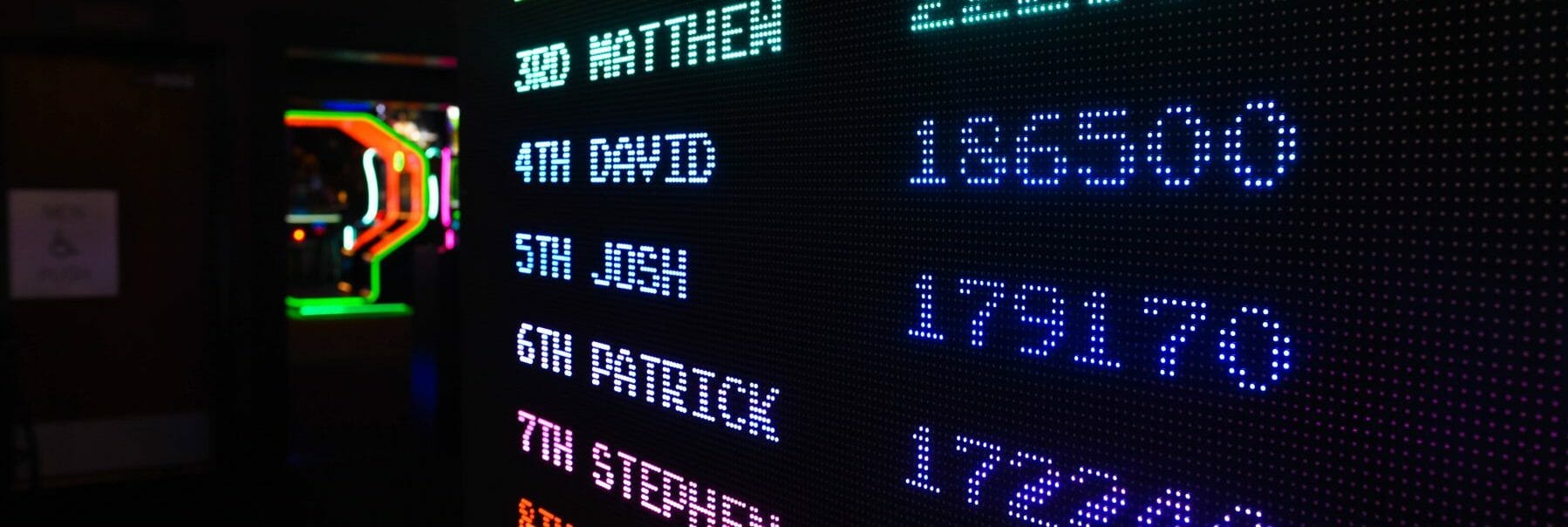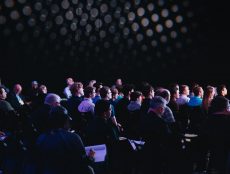
Articles
Editor’s Picks
Industry News
Gamification Market Projected to Quadruple by 2023
By Henry Kronk
March 07, 2019
Gamification can be a contentious issue among educators. While many studies report lukewarm effects when it comes to improving learner performance, there’s a big difference between efficacy and market value. A recent report out by research group MarketsandMarkets projects the sector will quadruple in value by 2023.
Recent Gamification Insights
According to their estimates, global education-focused gamification is currently worth $450 million. Projected to grow at a CAGR of 32%, it is expected to reach a value of $1.8 billion by 2023.
The report offers some expected conclusions, but also a few left-field insights.
To begin with the former, there won’t be too much growth in analog gamified projects. The authors expect software development companies to drive much of the growth. As stated in a press release:
“The software segment is expected to lead the market during the forecast period, owing to the increasing adoption of technologies such as AR/VR and simulation for gamification in academic and corporate learning. The users of gamification software are acknowledging the results in the form of increased productivity, motivation, autonomy, and competency.”
MarketsandMarkets also provides some unexpected conclusions regarding gamification adoption. For users, they expect academic institutions to outpace other consumers as the largest group of new adopters.
“The academic segment is projected to have a larger market size as compared to the corporate training segment during the forecast period. The growth of this segment can be attributed to growing inclination of schools, colleges, and universities to implement and leverage gamification platforms to offer a flexible, interactive, and innovative learning experience.”
Gamification—as opposed to game-based learning—refers to the practice of incorporating some of the more engaging aspects of games into the education process. This might include keeping a score with regular assessments or challenges and maintaining a scoreboard. Other tactics include badge-giving, offering rewards in exchange for high scores, or more.
The practice has demonstrated varying success in different environments. Still, when properly designed, many educators maintain its value.
Heinecken Brazil’s Recent Foray into Gamification
Gamification has been applied widely in corporate training, and one such effort is currently underway at Heinecken Brazil. The Brazilian division of the international corporation is home to 13,000 employees. Each will soon have the chance to take a crack at the new online platform, “Think, drink & play.”
The platform will involve a series of activities and quizzes. Employees will be rewarded with points and prizes for top performance.
“Bringing the responsible drinking topic to the discussion is fundamental, but it is also crucial to develop projects, ideas and prototypes that in addition to knowledge about the issue can also bring changes in behavior,” said the head of sustainability at Heineken Brazil, Ornella Guzzo, according to Forbes.
“Given that a considerable part of our [internal] audience is digitally connected, it made sense to have the app as a key element of our program, as it can drive an even greater behavioral shift,” Guzzo says. She adds that responsible drinking is sometimes viewed as “a dull subject which uses a prohibitive approach,” but “the gamification aspect of the app brings that theme closer to consumers’ language and their reality.”
Featured Image: Element5 Digital, Unsplash.








No Comments